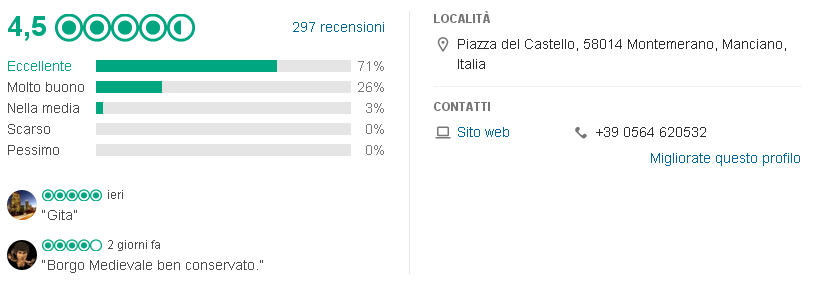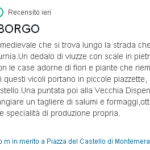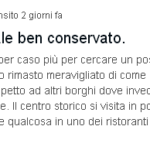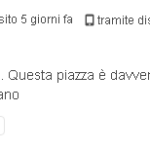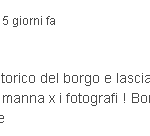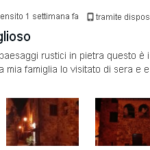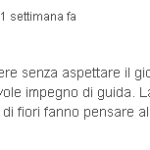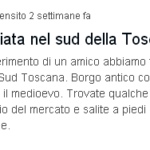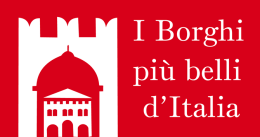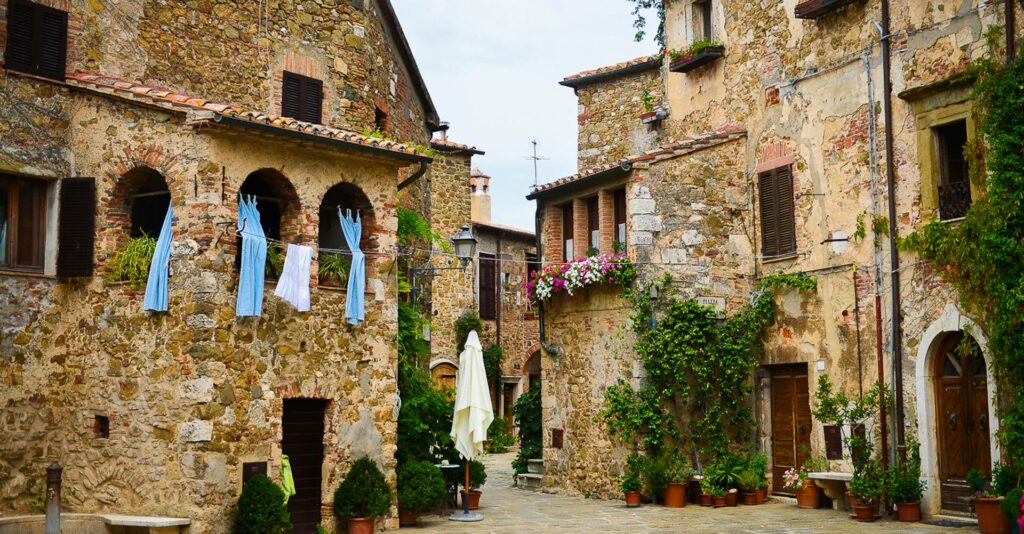
From Via Italia, following the route of the "Piaggiola" you reach the Porta del Castello, the only entrance in the walls of the Thousand and access to the Piazza del Castello.
The term "Castle" could mislead you, in reality you will not find a fortified building, but a set of ancient buildings and characteristic squares that gather around the main square, the ancient "piazza d'armi".
The square is probably the most symbolic place in the village, with its play of light, flowered windows, arches and ancient houses, it seems to have come out of a postcard, for this uniqueness it was chosen, in 1983, as the location for some scenes of "Amadeus" by Milos Forman.
On the right side of the square is "il Palazzo", a noble building which was the residence of the Aldobrandeschi, the Baschi, the Sienese vicars and the offices of the free municipality, in 1783 it was sold to the Giaquili family. The building has two large windows from the 1400s, a coat of arms and a singular phrase engraved on the architrave of one of the windows "This is the home of the Bishop Fausto Grassi and his friends", the interior of the building is used as a private residence and cannot be visited.
Another noteworthy building is the Palazzo del Podestà, built just above Porta del Castello.
At the end of the square is the Piazzetta del Forno, a small space that takes its name from the ancient presence of the community oven, a short distance away is Casa Carli, characterized by a large loggia and the family crest, entirely made of travertine .
Three alleys start from Piazza del Castello and lead to Piazza del Campanile, which takes its name thanks to the presence of a bell tower, here is also the Church of San Lorenzo, deconsecrated at the end of the 18th century, the church certainly predates the XII century.

